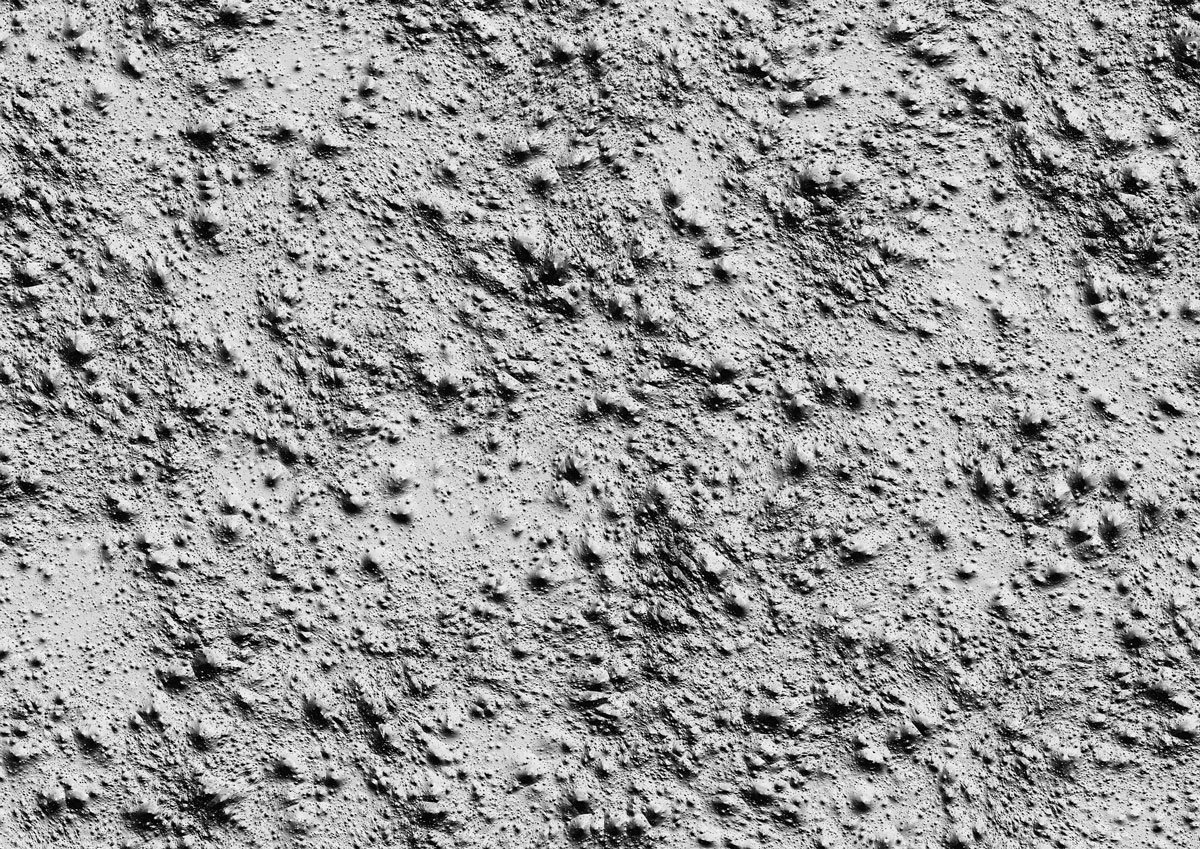INNOVATION in CEMENT INDUSTRY and the RACE to NET-ZERO
The key component of concrete is mortar, fine and coarse aggregates and cement. It serves as the binding agent between constructions and buildings. Ordinary Portland Cement (OPC), which is the majority of cement manufactured today, is manufactured by inter-grinding cement clinker, gypsum, and additional cementitious material (SCM).


- Dr. S B Hegde, Professor,
Department of Civil Engineering, Jain College of Engineering and Technology, Hubli, Karnataka; and Visiting Professor, Pennsylvania State University, USA
The key component of concrete is mortar, fine and coarse aggregates and cement. It serves as the binding agent between constructions and buildings. Ordinary Portland Cement (OPC), which is the majority of cement manufactured today, is manufactured by inter-grinding cement clinker, gypsum, and additional cementitious material (SCM).
While producing one kg of OPC, 0.7 g of CO2 will be released during the process. Clinker production is responsible for the majority of the emissions. The calcination of the limestone accounts for 50-60 per cent of these emissions, with the majority of the remaining emissions coming from the burning of fossil fuels to reach the requisite kiln temperatures. Due to this release of CO2, cement production is to blame for roughly 7-8% of all worldwide CO2 emissions. Demand for cement will rise along with population expansion through the year 2050. In order for the world to achieve its climate targets, it will be essential to abate these emissions.
Challenge s addressed by innovation
When it comes to reducing emissions, the cement industry has some particularly tough obstacles to overcome. New industrial methods that produce less pollution typically have higher production costs because manufactures' profit margins are too small to cover them. In addition, industry is resistant to change since it has invested a lot of money in the way things are done now.
Clinker substitution and, to a lesser extent, carbon capture are mature mitigation strategies. Both have particular difficulties to overcome. Alternative fuels like tyres, household wastes are used on a regular basis. The method replaces the use of fossil fuels while releasing carbon from these wastes.
Innovation in processes: Carbon capture and use
In order to store CO2 underground, carbon capture includes separating CO2 from other gases in exhaust. This method of CO2 capture and storage is more expensive and frequently limited by the lack of infrastructure for CO2 transit and storage. As technology is cheaply deployed at smaller scales by companies like Carbon Clean and Svante, the cost of capture is decreasing. Novel calciner arrangements can also make it possible to electrify or use alternative fuels while still separating process and fuel emissions. In Hanover, Germany, Leilac is presently implementing technology to capture around 100,000 tpa of CO2 and its construction commences in 2023.
The use of carbon in fuels, chemicals, building materials and other products can address some of the challenges of capture and storage. For example, CarbonCure and Carbicrete use CO2 in the concrete for curing. The injected CO2 reacts with the concrete mix and becomes a calcium carbonate increasing the concrete's compressive strength and improving its performance.
One of the businesses seeking to exploit CO2 emissions to produce fuels or chemicals is Synhelion, which creates syngas from CO2 and water using focused sun radiation. In December 2022, Synhelion raised $24 million from CEMEX and other sources, and is presently building an industrial facility to make sustainable fuels with solar heat (and captured carbon). In order to create solar clinker, the startup additionally connected its solar receiver to a CEMEX clinker production process (without use of fossil fuels).
Clinker substitution and additional cementitious materials
Clinker substitution entails replacing clinker with increasing volumes of SCM. Depending on the rate of substitution, these cements, which are now produced on a large scale by businesses like Ecocem, can dramatically reduce emissions. The method may be restricted by prescriptive standards (which call for minimum clinker ratios) and may be restricted by the availability of additional cementitious materials in the future (common SCMs include fly ash from the coal-fired plants or blast furnace slag from the steel industry).
Fundraising efforts by innovators to scale the use of substitute supplementary cementitious materials are increasing. To speed up the commercialization of Terra's OPUS cementitious materials derived from a variety of regional feed stocks and waste products, Terra CO2 raised $46M in June 2022. When post-consumer coloured glass fines are activated using Carbon Upcycling's carbon utilisation technique, CO2 emissions are sucked up and high-performance SCMs are created. This technology is now in pilot testing.
Alternate raw materials, integrated processes, and alternative cements
Using alternate raw materials or techniques that do not require calcining limestone for clinker manufacture can significantly reduce emissions. The materials used as SCM are frequently also employed as binding materials (when activated).
The use of 'bio-cement', which is made when organisms break down limestone and then reconstitute it to create an end product like bio-concrete, can also result in significant reductions.
Across the value chain innovation
The cement industry's emissions can be greatly reduced through innovation, but it will need finance to scale and lower costs. An emphasis on performance-based standards can also assist alternative cements get access to the market. Additional innovation across the value chain is also to be anticipated: large amounts of CO2 can be sequestered by the mineralization of aggregates, production facilities can benefit from software that optimises production processes and blends, and concrete 3D printing can help with installation optimization.
Hits: 0







